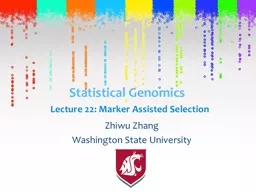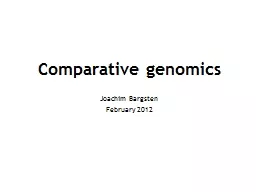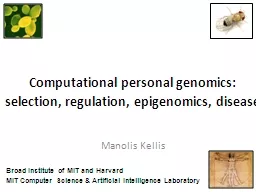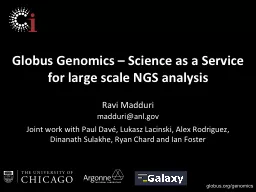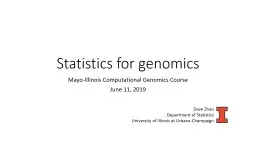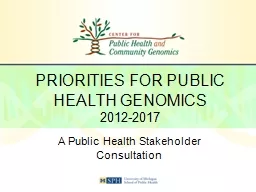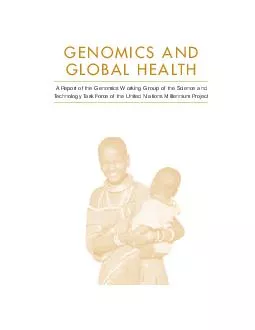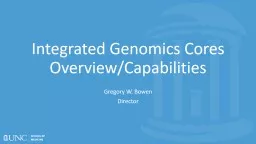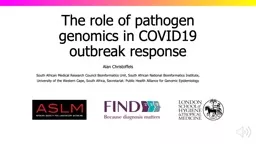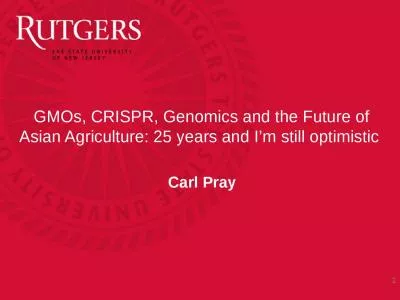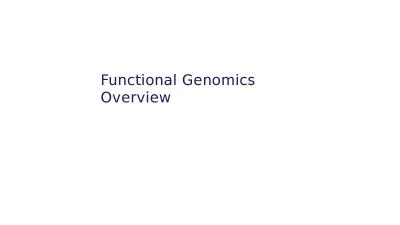PPT-Statistical Genomics
Author : karlyn-bohler | Published Date : 2019-11-09
Statistical Genomics Zhiwu Zhang Washington State University Lecture 22 Marker Assisted Selection Homework 5 due April 12 Wednesday 310PM Final exam May 4 Thursday
Presentation Embed Code
Download Presentation
Download Presentation The PPT/PDF document "Statistical Genomics" is the property of its rightful owner. Permission is granted to download and print the materials on this website for personal, non-commercial use only, and to display it on your personal computer provided you do not modify the materials and that you retain all copyright notices contained in the materials. By downloading content from our website, you accept the terms of this agreement.
Statistical Genomics: Transcript
Download Rules Of Document
"Statistical Genomics"The content belongs to its owner. You may download and print it for personal use, without modification, and keep all copyright notices. By downloading, you agree to these terms.
Related Documents

